Crying on One Side and Smiling on the Other
Social Media Mirrors the Surge of Teens that Fake Depression for Attention
May 1, 2023
Trigger warning – The article below contains sensitive topics about depression, mental health, and other potential triggers. If you have any concerns with the following contents, please contact Ms. McNevin.
“Sometimes, it’s the smile we fake.” But what if it’s actually the frown? Currently, a toxic trend called ‘패션우울증’ (fashion depression) grapples Korean teens and young adults in a chokehold. If you search the term on Naver or Daum, you can easily find posts with hashtags #fakingdepression.
An increasingly common phrase used in Korea, fashion depression roughly translates to ‘forging sadness’ in English. A short video from a Korean YouTube channel “Doctor Friends” explains that people under the helm of this trend wear depression like an “attire that you can easily take off when you return home.”
Jinsung Oh, the psychologist in the video, explains that individuals may be motivated to wear a sad facade in order to gain rewards, attention, or even just simply to avoid work. But if you act gloomy and expose yourself to negative content, you will go on a downward spiral. Reciprocal determinism explains that our behavior, environment, and cognition affect one another, which eventually forms our personality. So once you pretend to have depression, it actually might give you one.
Another problem arises as many confuse their valid depressive symptoms as conscious acts driven by their want for attention. The blur in the fine line between the mental condition and its fashionable counterpart impedes personal diagnosis. Especially in Korea, where education on mental health issues isn’t as developed, this trend can stigmatize depression as just an immature scheme, or worse, a simple lie.
The term fashion depression proves just how much Korean society light-heartedly tosses around the phrase “depressed.” While depression and anxiety can completely destroy someone’s life, Korean teens often overlook the seriousness of these conditions and use the word as a simple adjective to describe a sulky day.
Ms. McNevin, the school counselor, commented, “Teenage years are phases when hormones burst. We may feel sad in one instant, and suddenly be happy in another. However, depression encompasses a completely different level, and not viewing it seriously brings out huge consequences for the person and the people affected by it.” She emphasized that the public’s ignorance of mental health can lead to this phenomenon.
Unlike a broken leg, a psychological diagnosis can’t be physically seen. Therefore, it is difficult for us to understand someone’s pain just by their outward persona. Fashion depression creates a hot controversy among Korean psychologists who aim to raise awareness of symptoms and prevent misconceptions.
We should never belittle someone’s experience and assume the truth behind their actions, nor drive ourselves into intentional pessimism and reciprocate the negative cycle. Whenever you are unsure about anything, know that you can always find help here at DIS from Ms. McNevin, the school counselor, and many others who are there to support you.

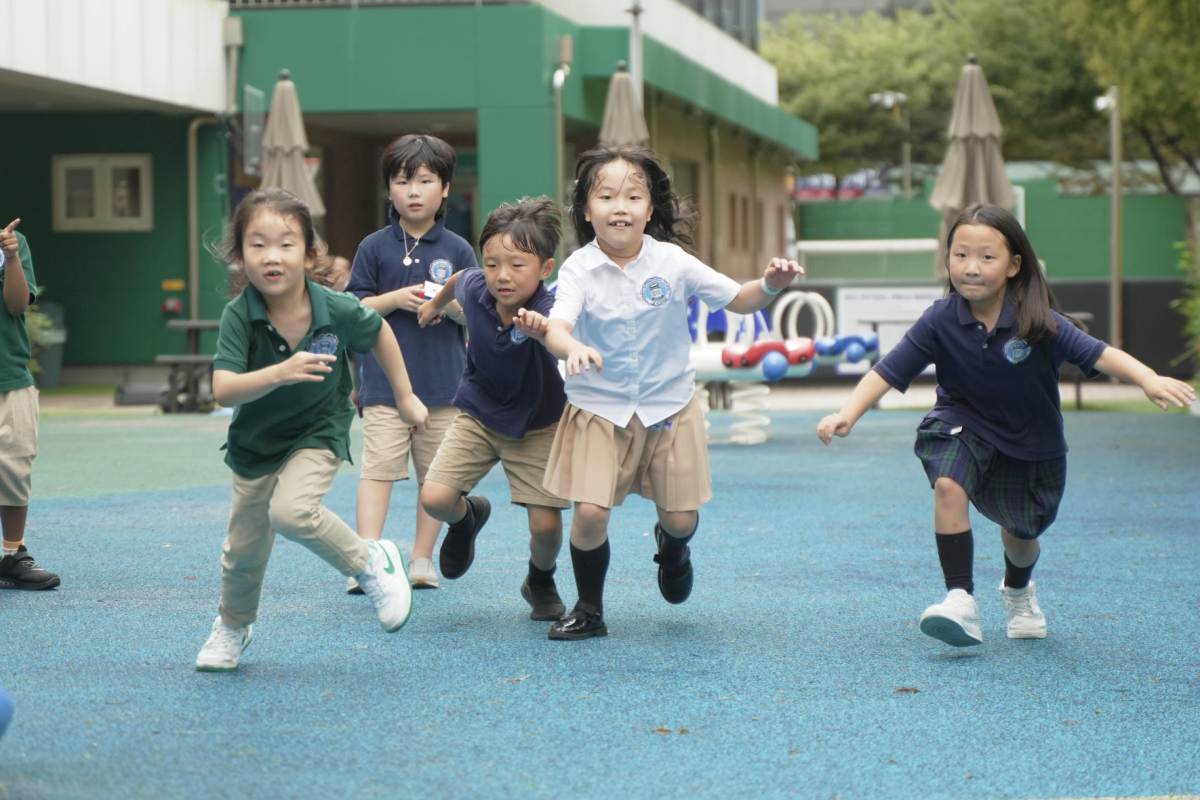
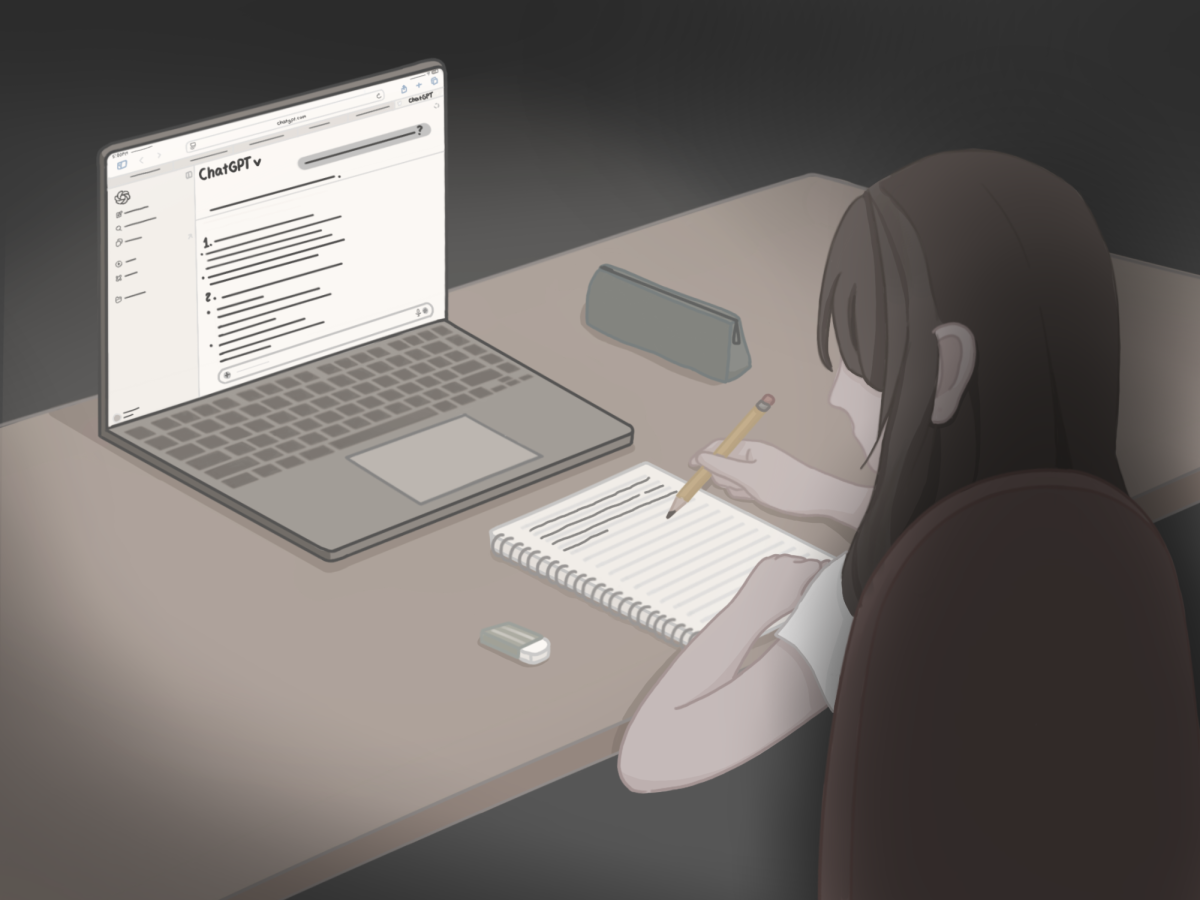

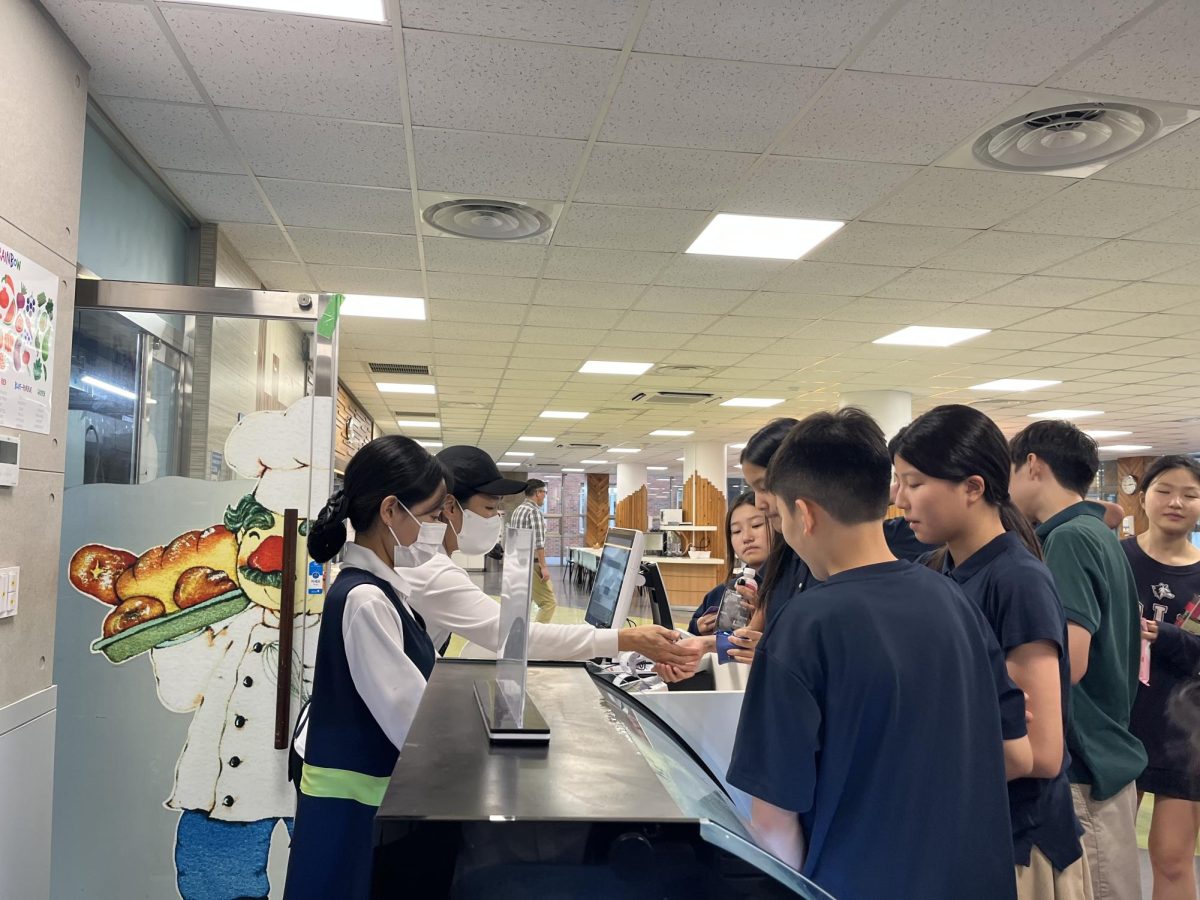


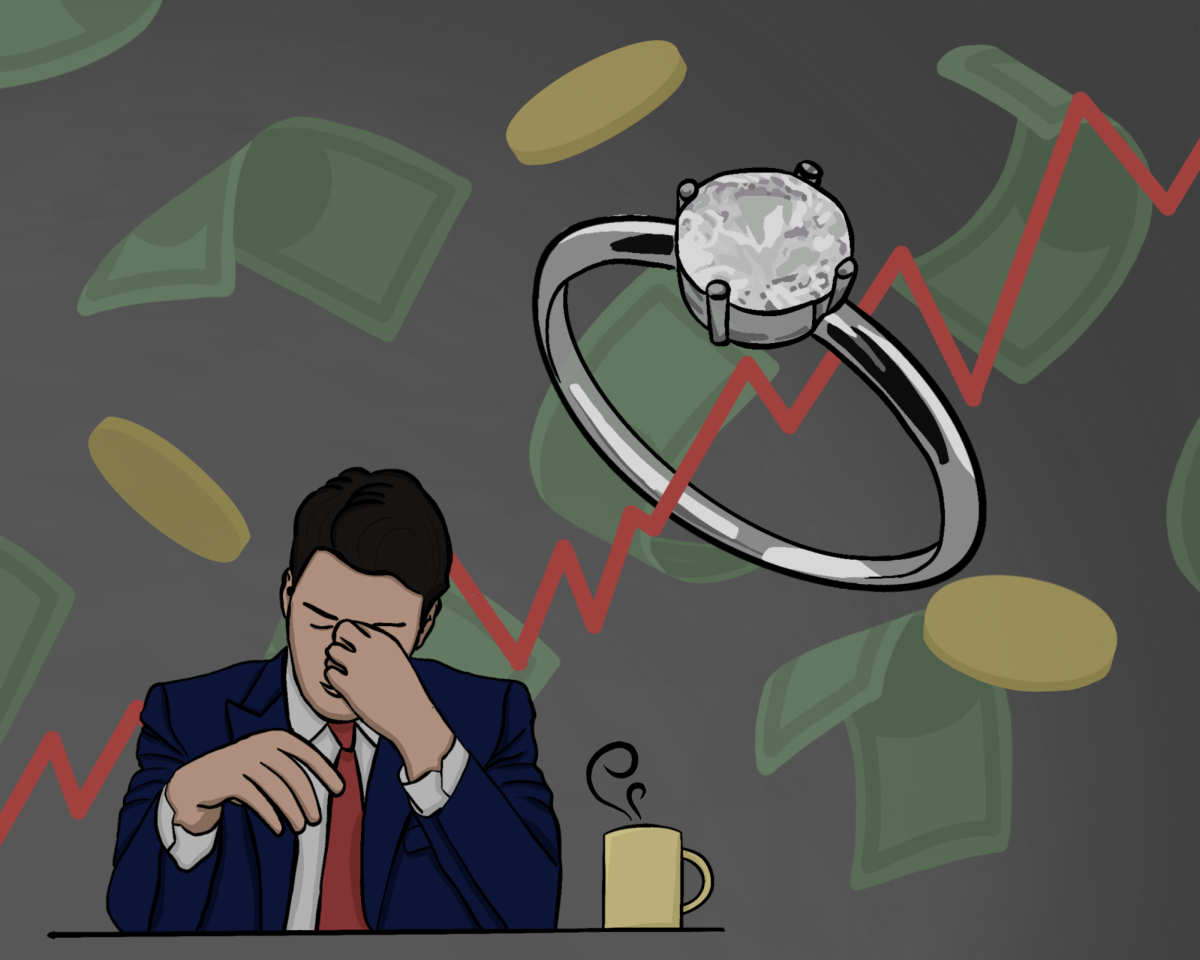

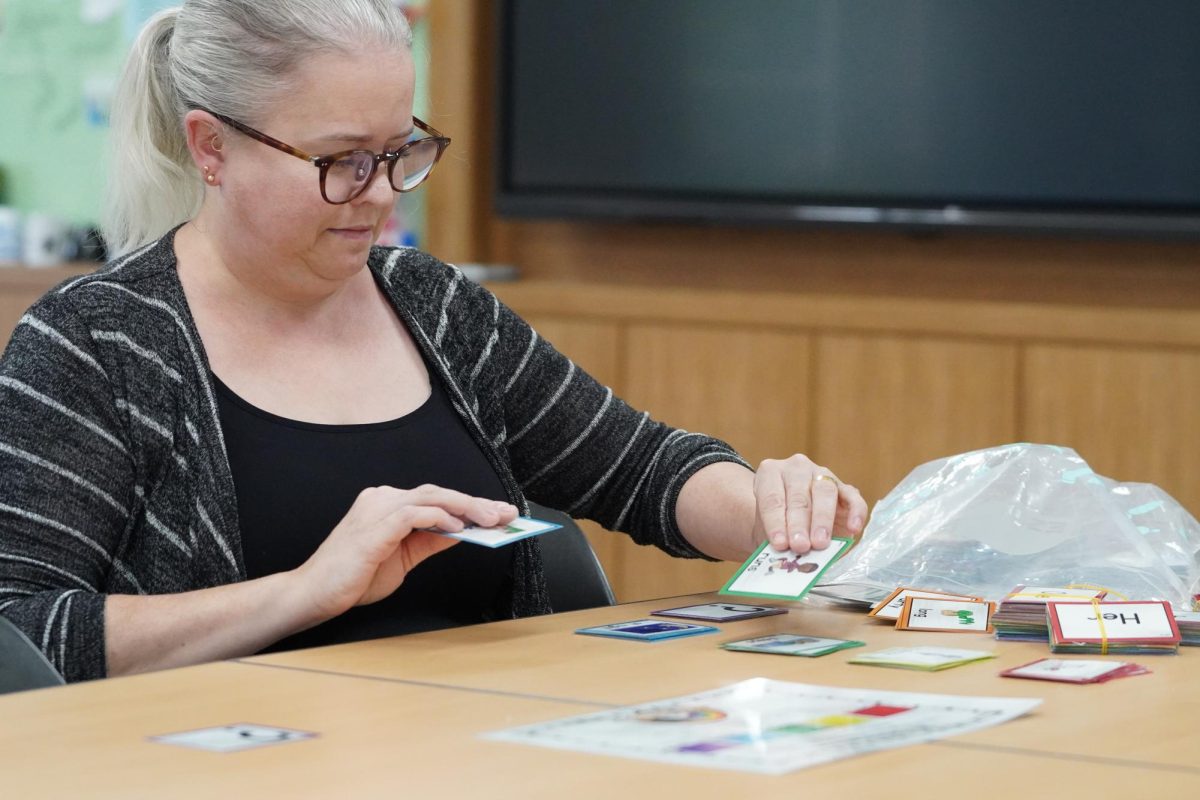
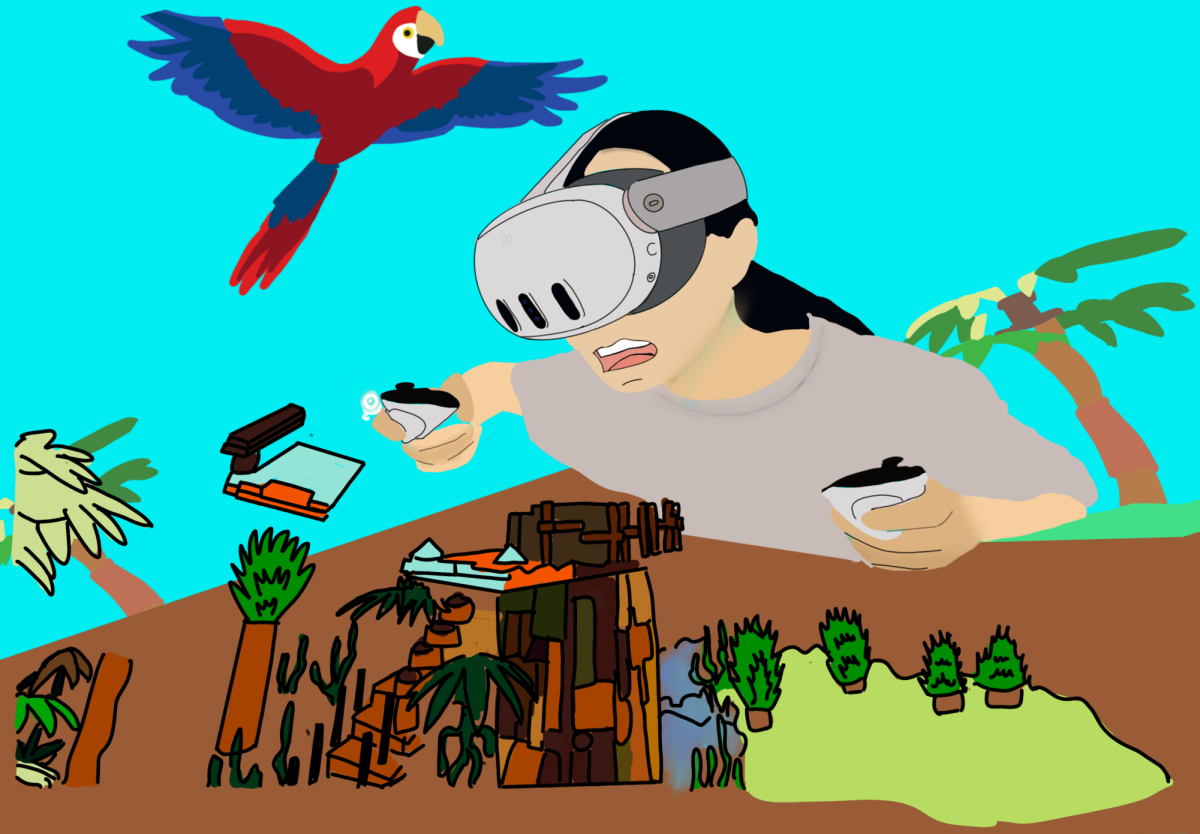

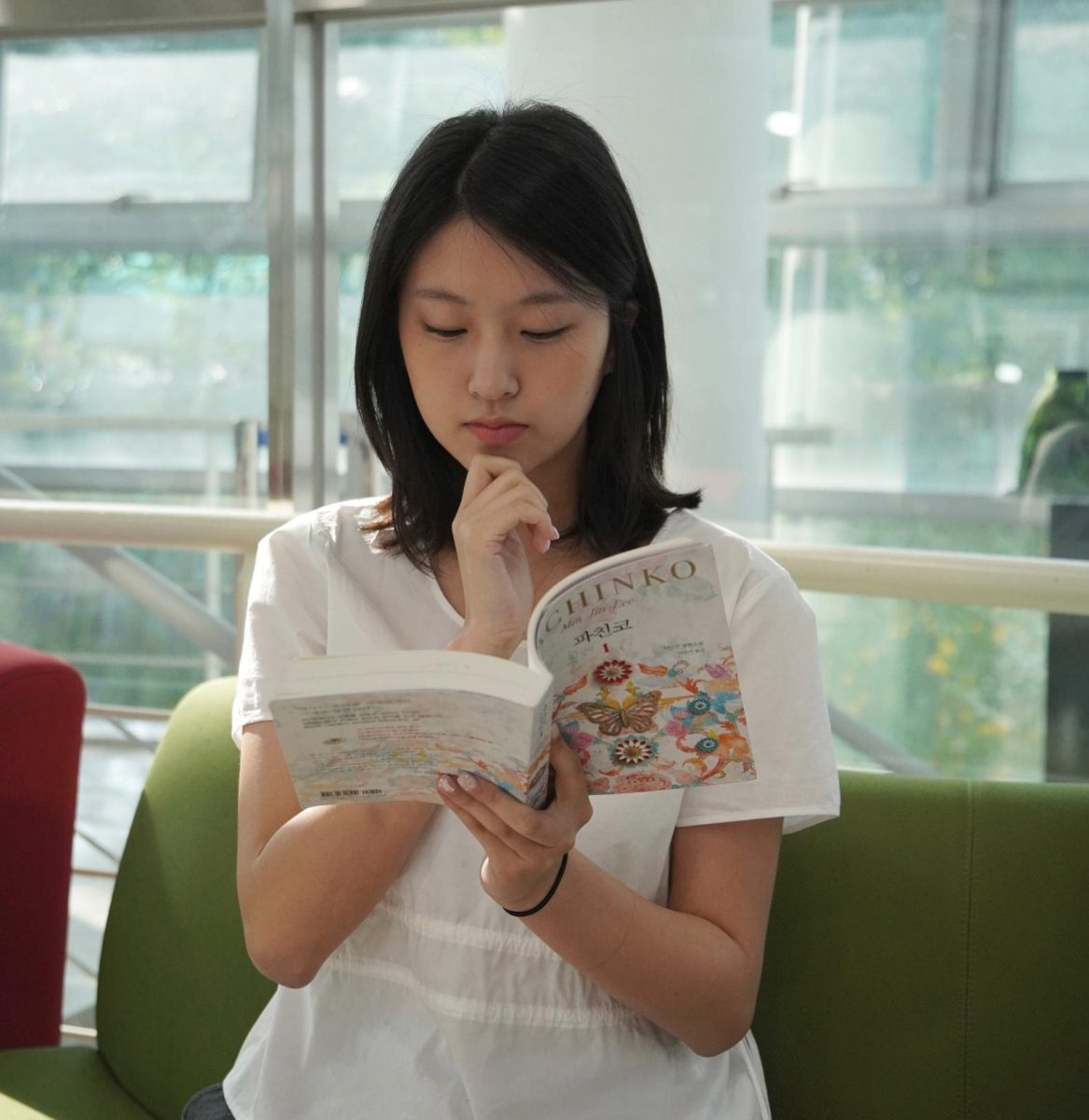
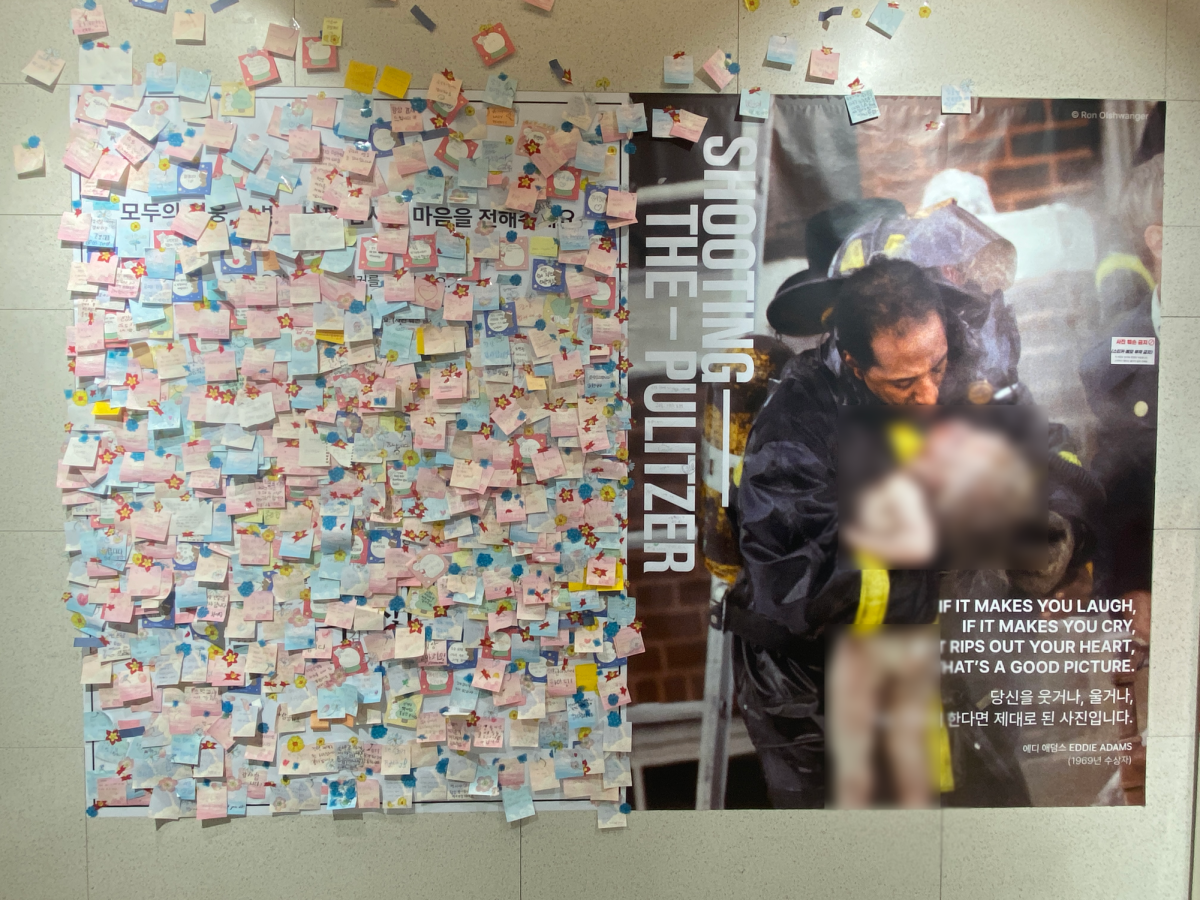
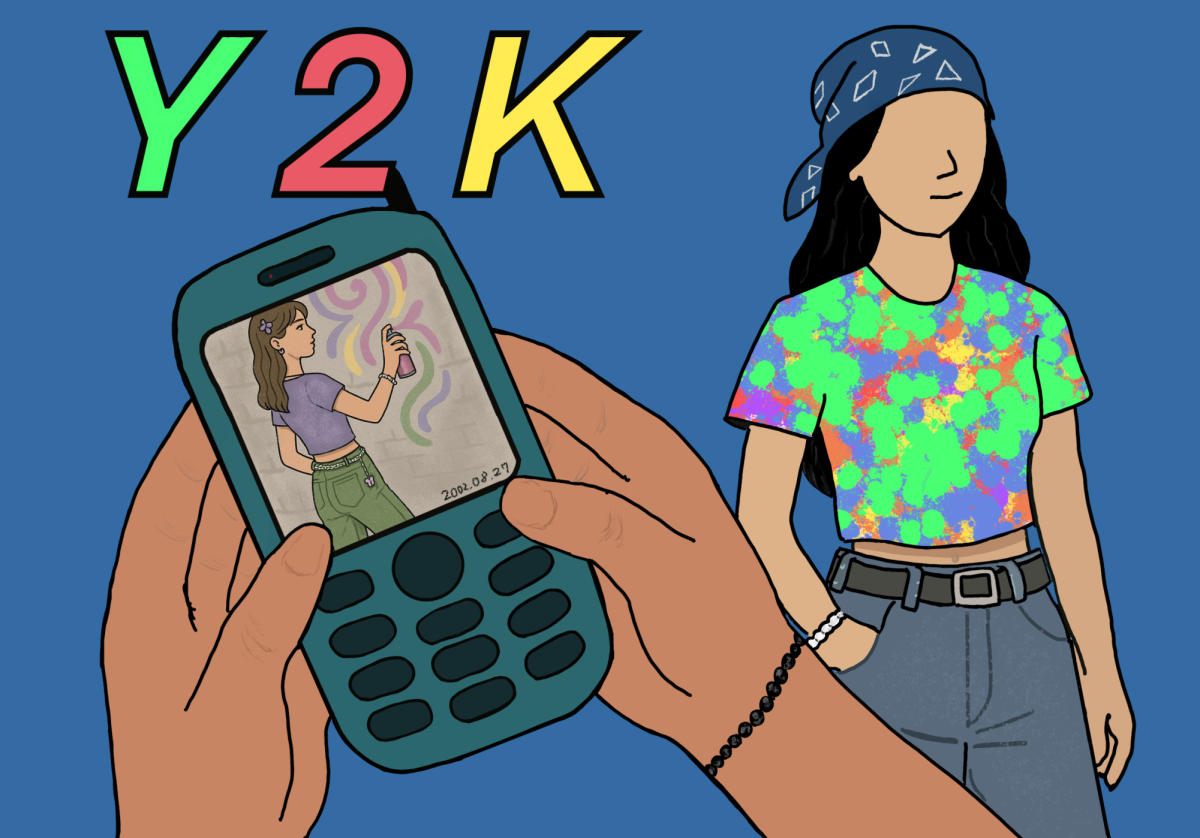

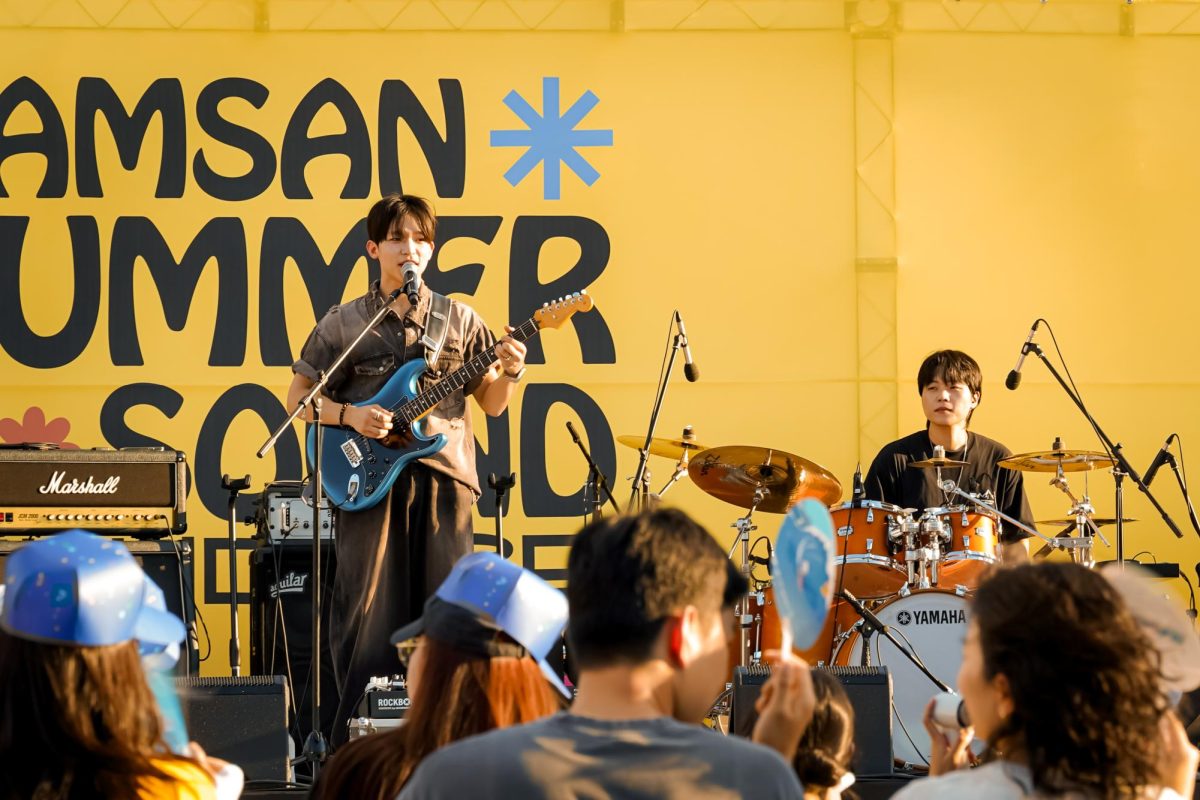
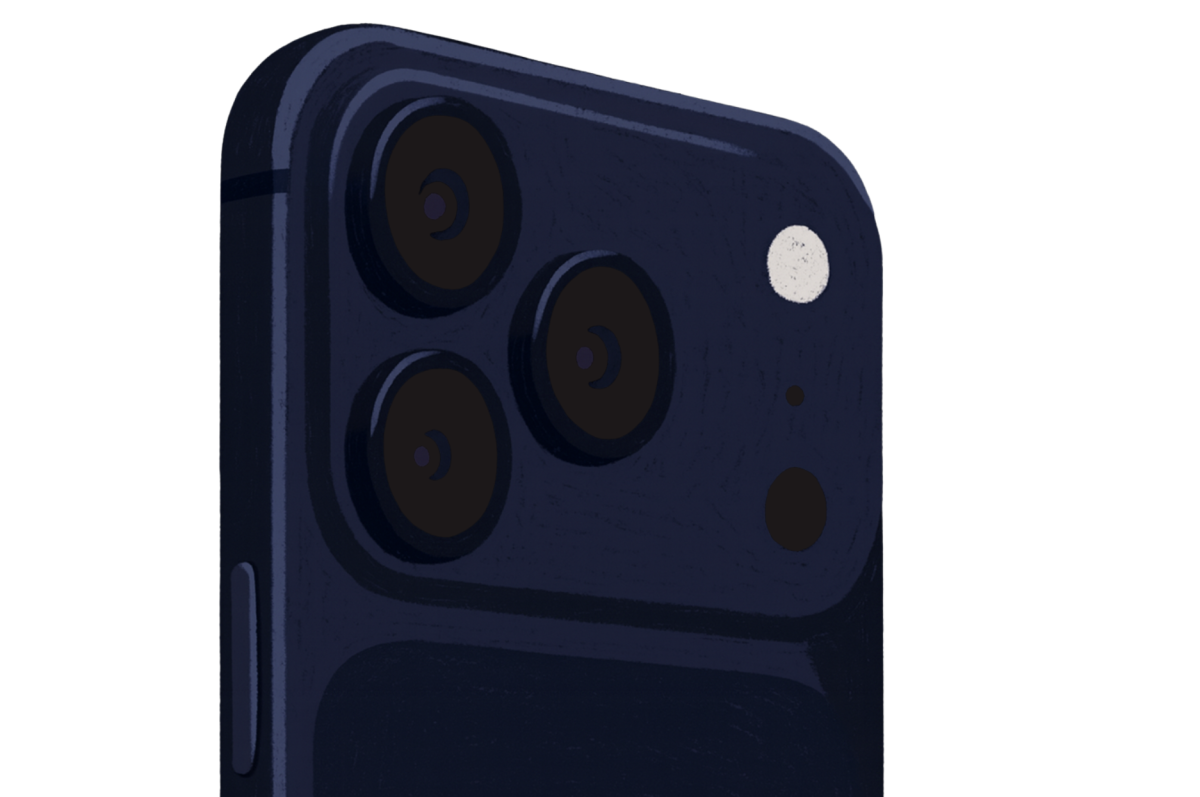
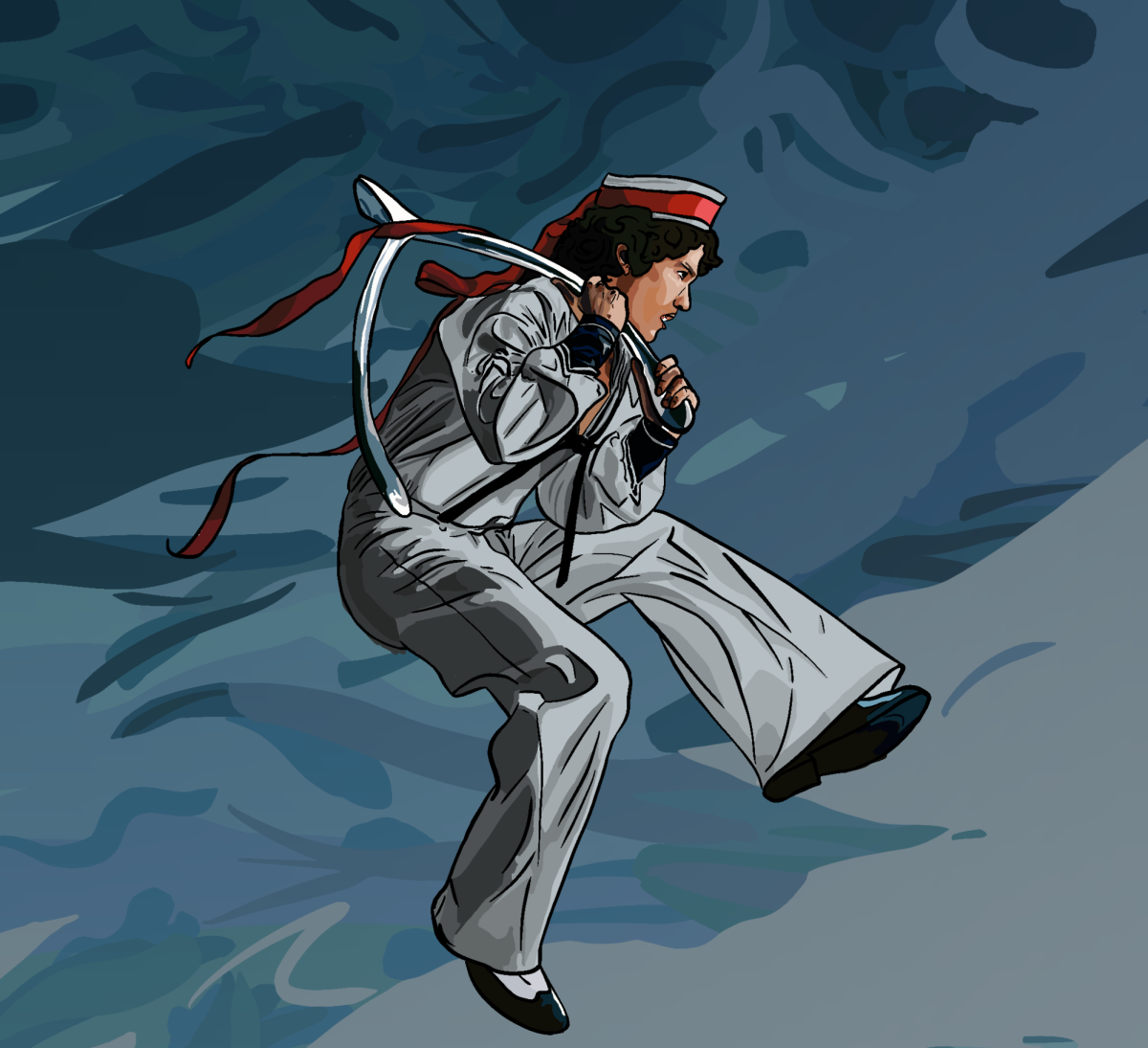

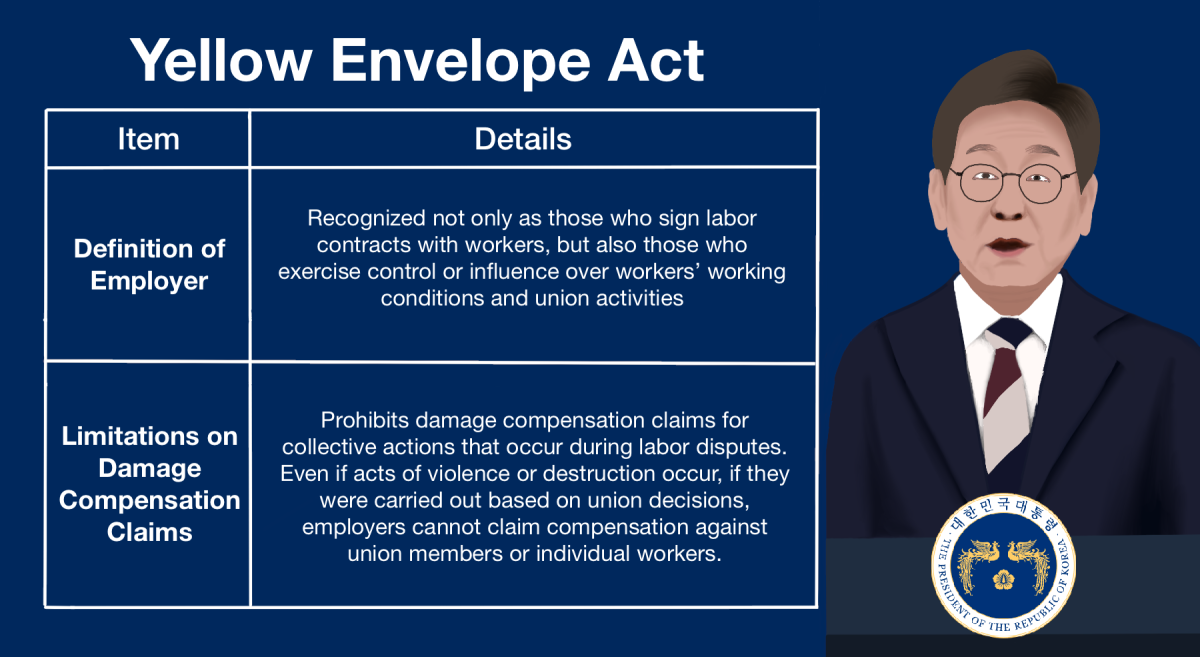


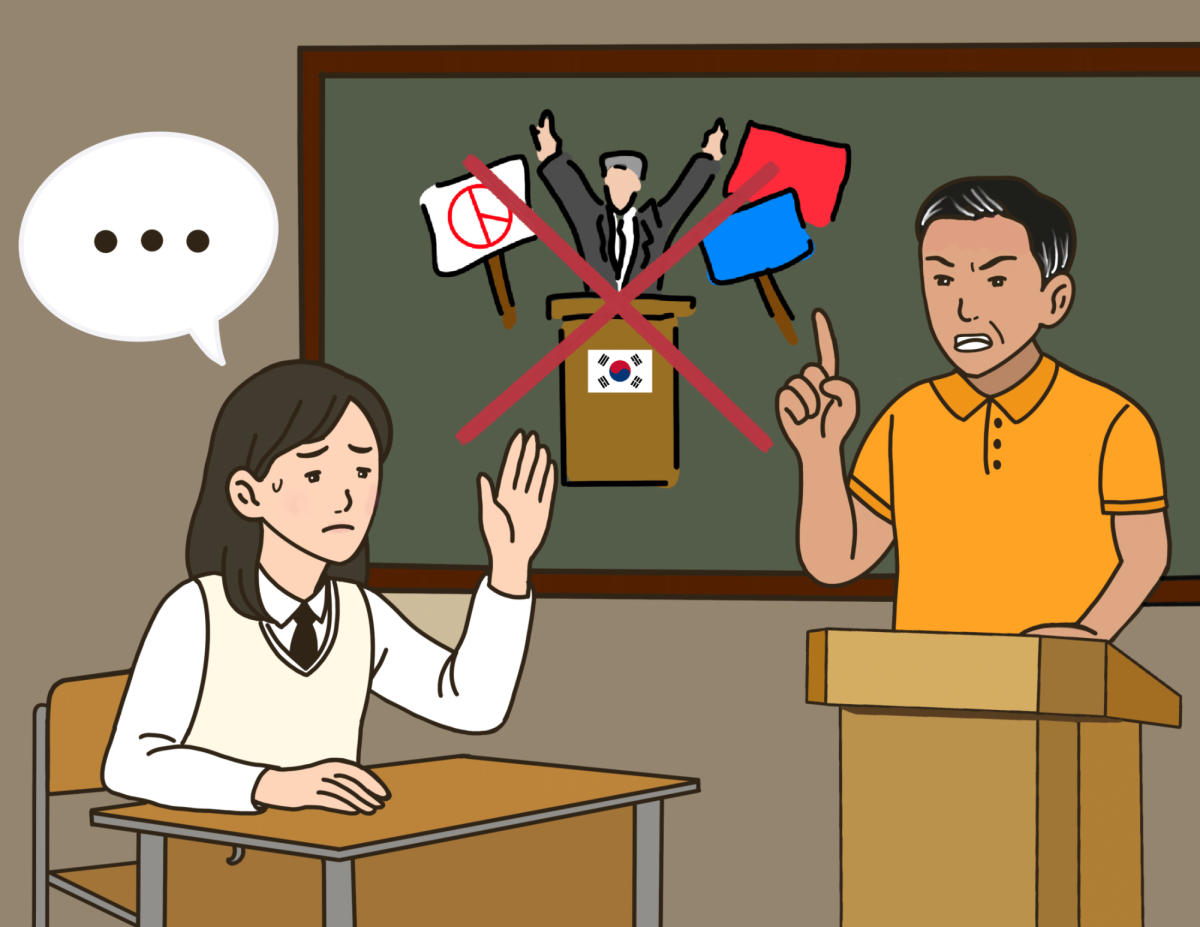


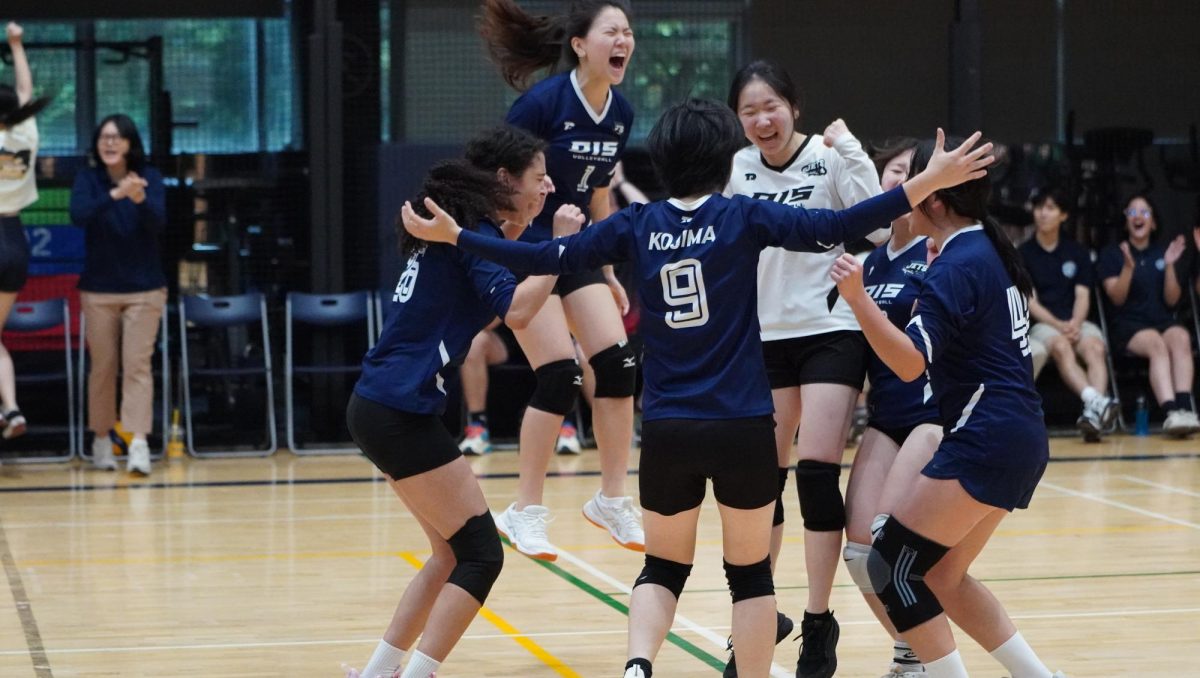




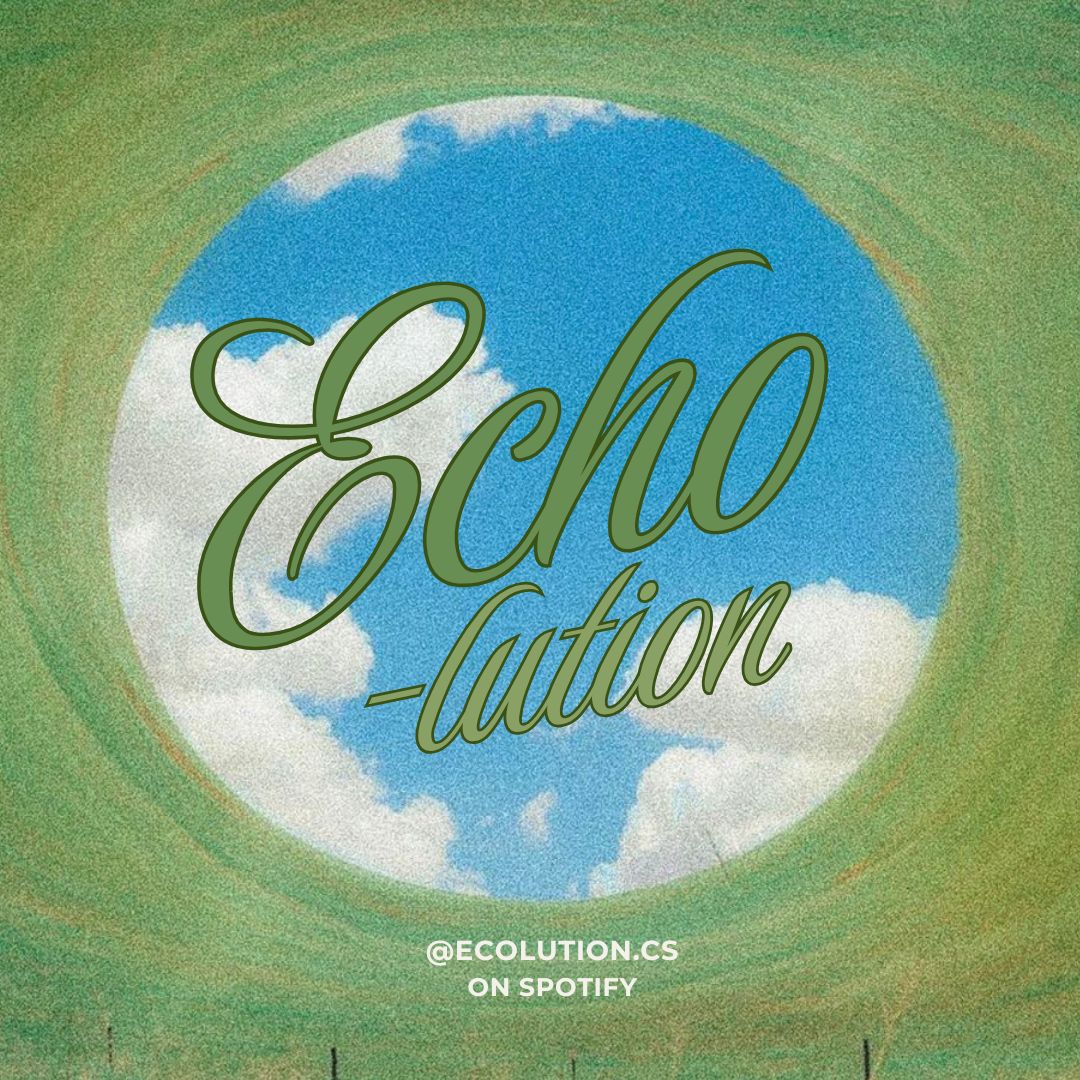



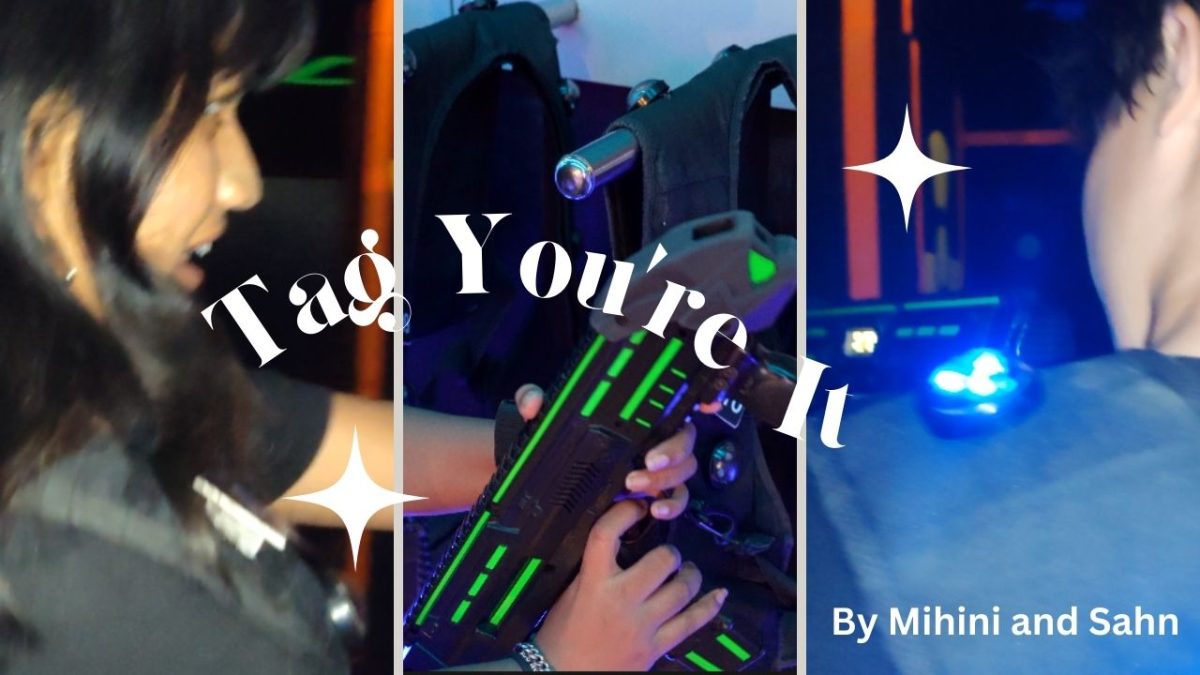

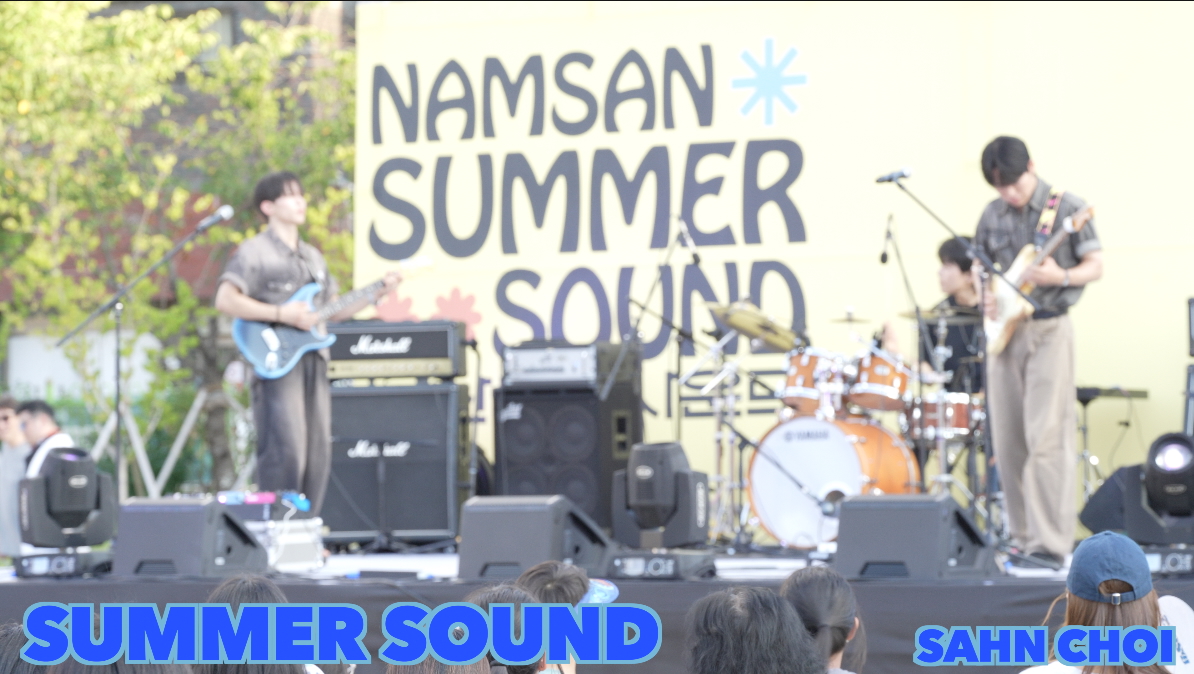
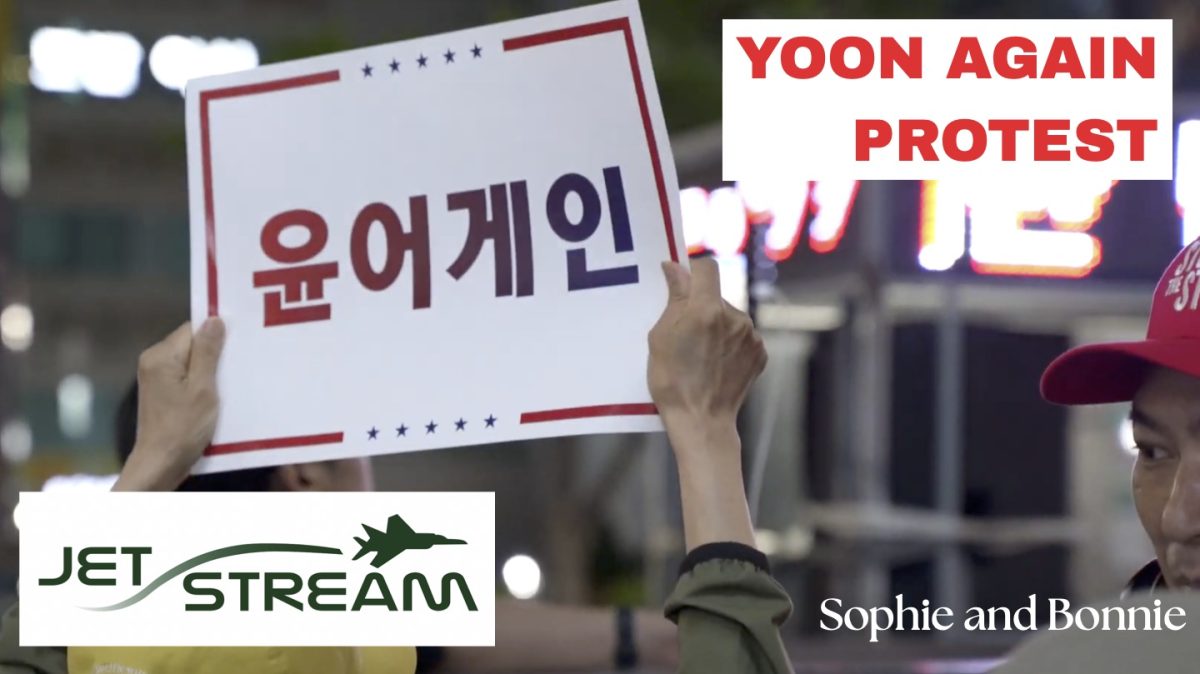
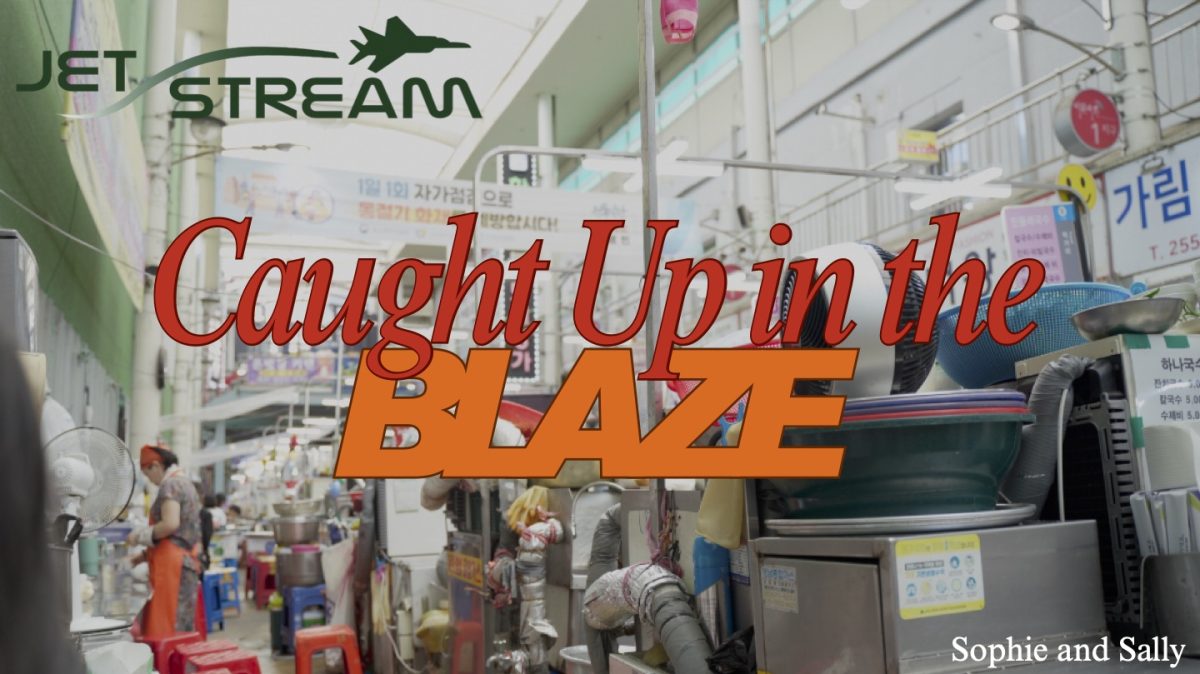





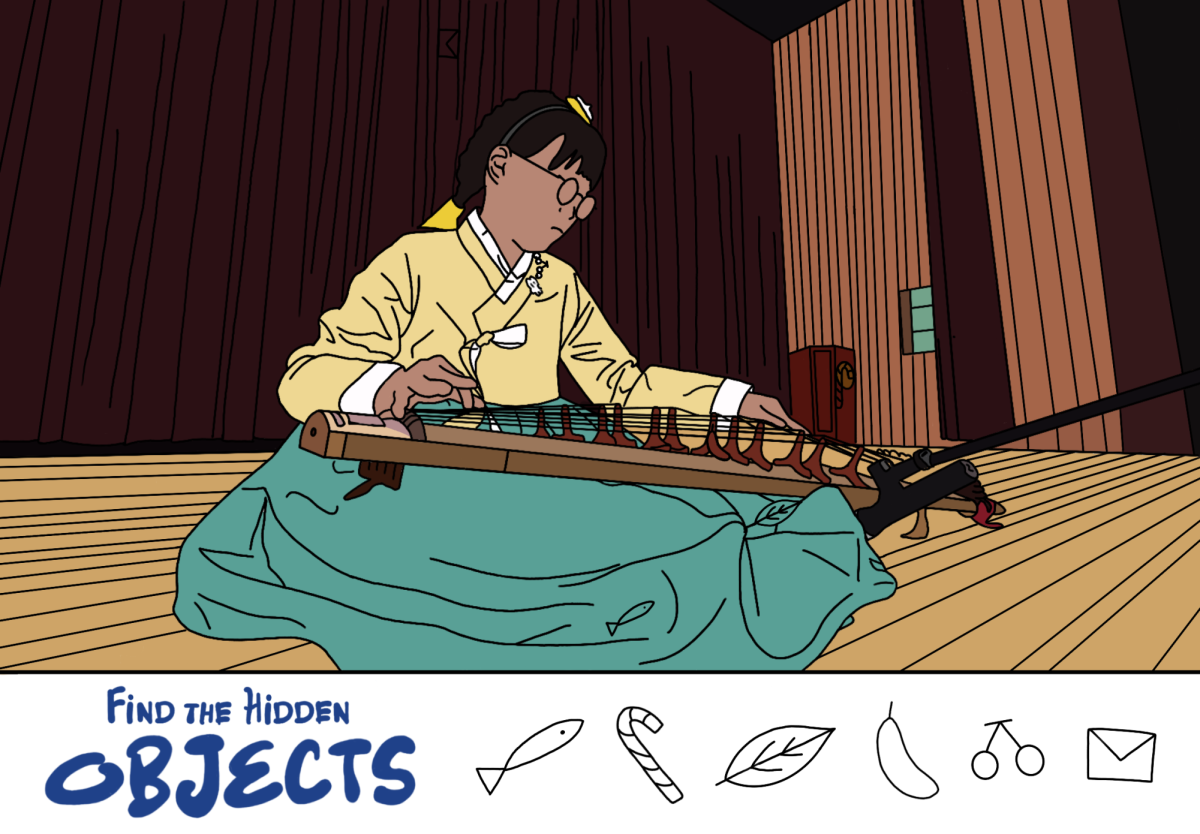

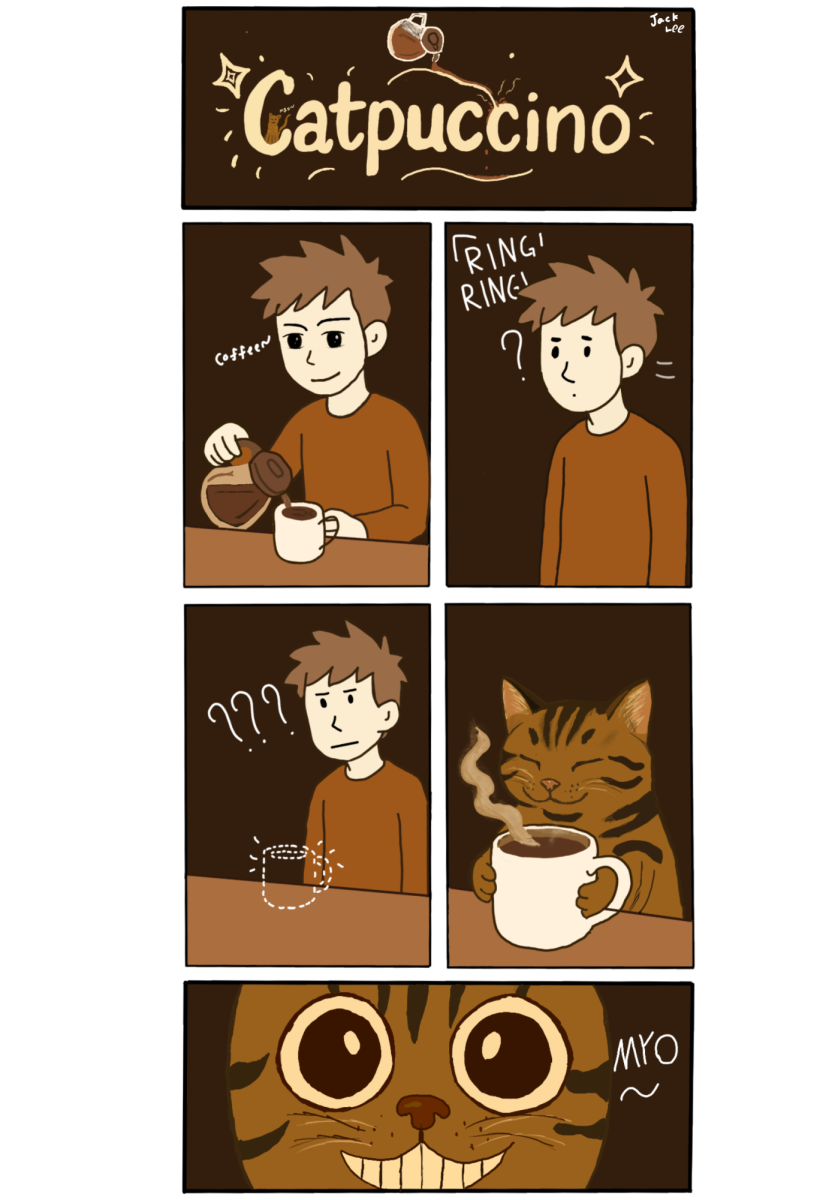

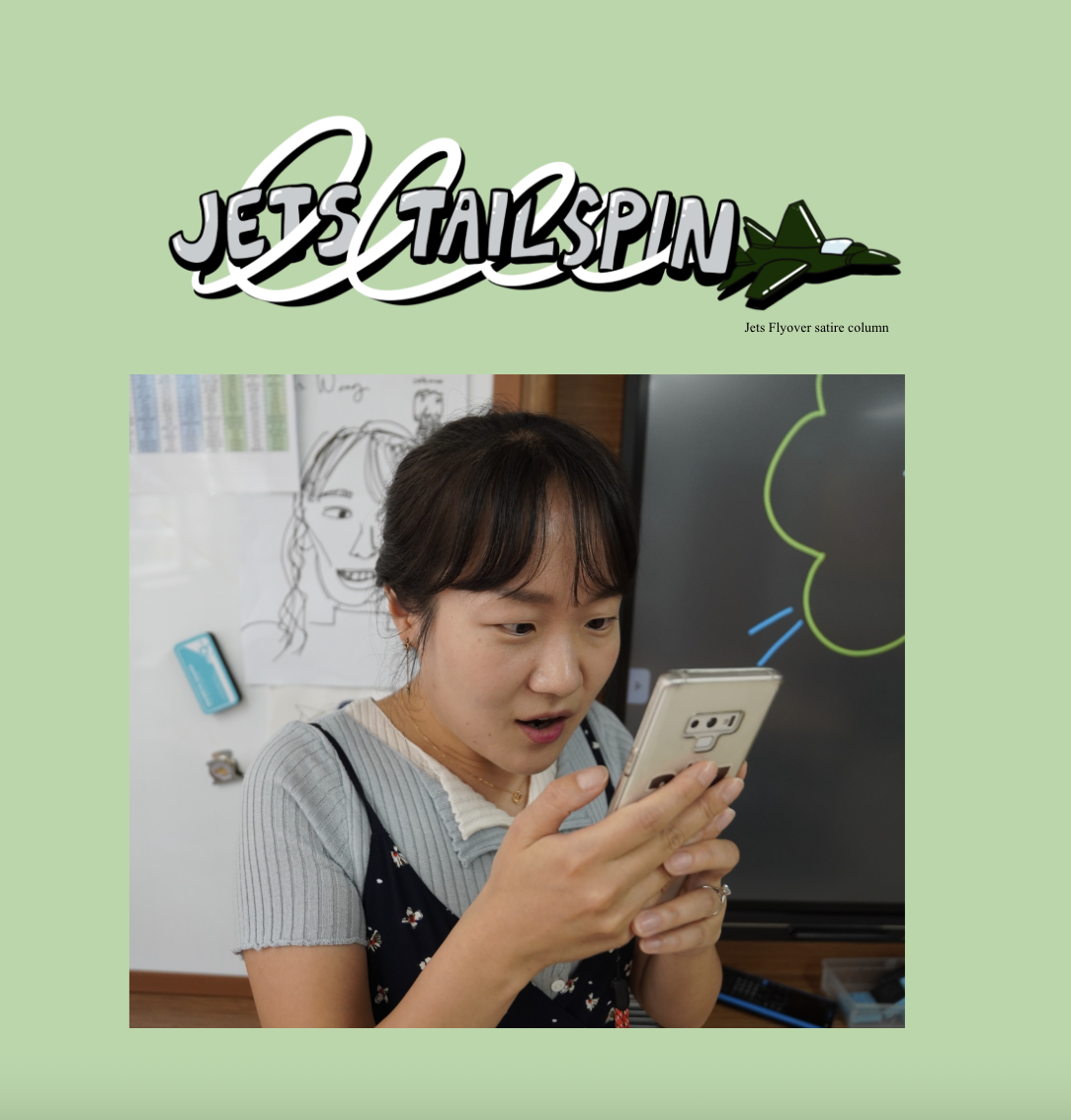
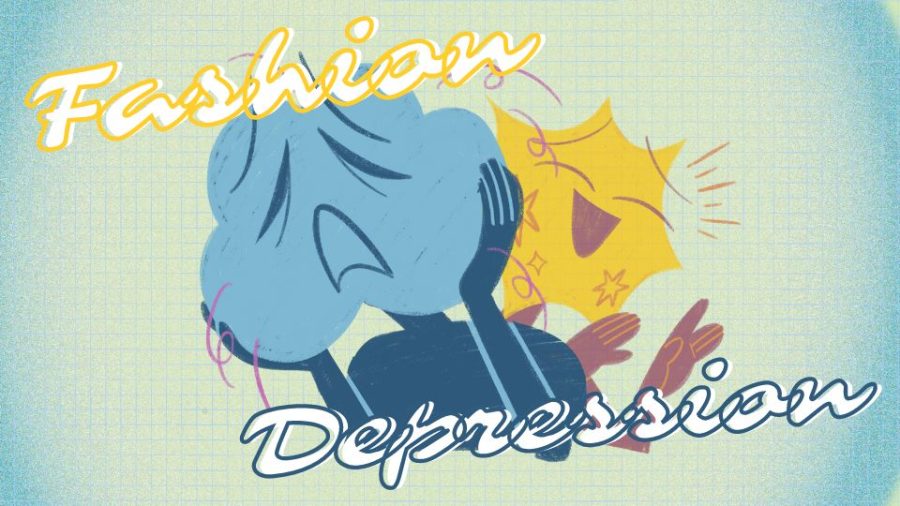
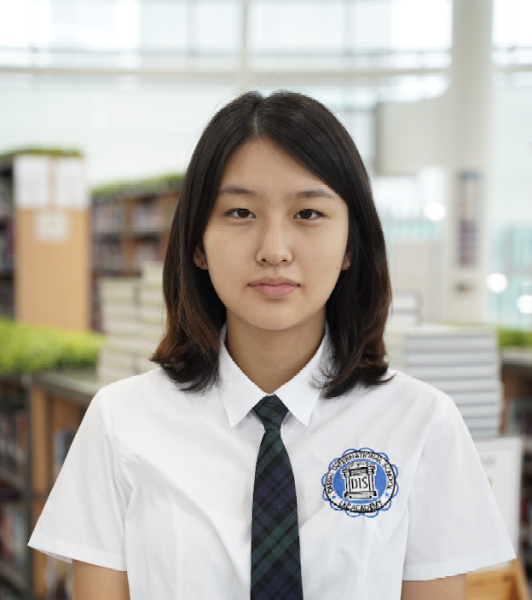
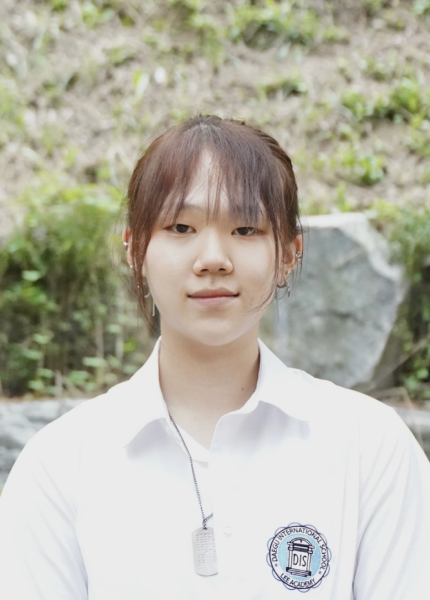
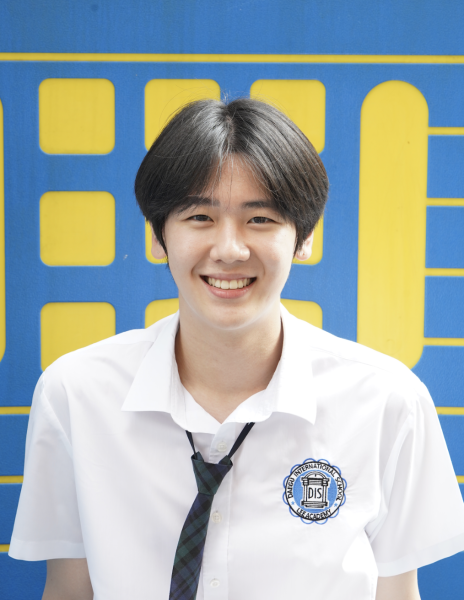
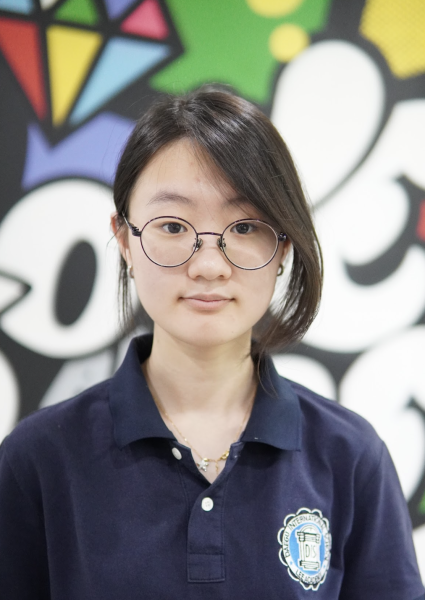
Kevin • May 3, 2023 at 7:35 pm
I believe that depression should be treated much more seriously in Korea, because faking depression can lighten the image; therefore, it can lighten the image of mental illnesses and provide less treatment and attention for these diseases.
Alex • May 3, 2023 at 7:31 pm
Thank you for letting me know! Now, I know the danger of fake depression. I will be on the look-out for these people!
Jio kim • May 3, 2023 at 7:29 pm
I think this is a very sensitive topic and though I have not seem yet seem any kind of posts about depression spreading I think DIS does a great job by spreading awareness of something everyone should know about and keep an eye out for.
Oliver • May 3, 2023 at 7:26 pm
This stuff is crazy, how this is effecting our areas of life.